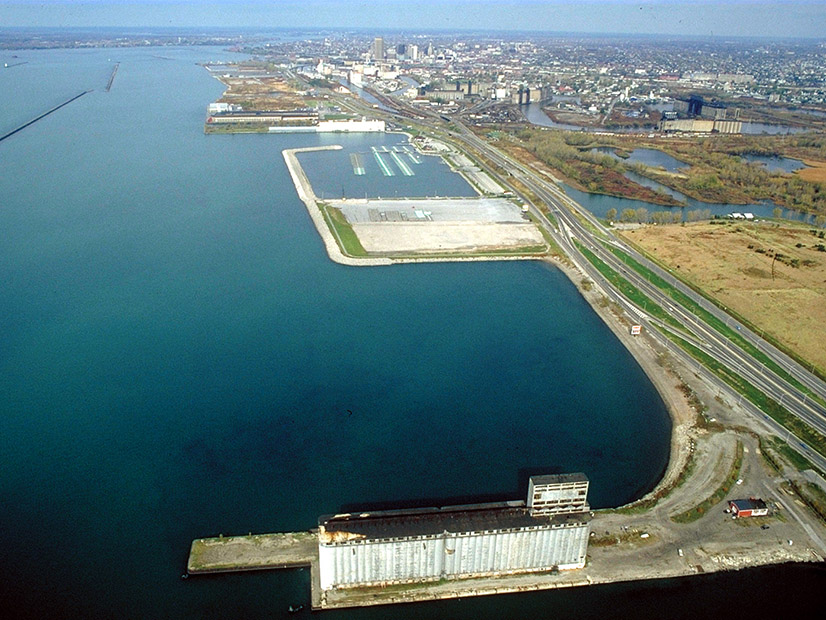
With the U.S. market for bonds that address climate change and its related social issues exceeding expectations this year, “the sky is the limit” on where the market could go next year, according to Paul O’Connor, J.P. Morgan’s (NYSE:JPM) head of environmental, social and governance (ESG) debt capital markets in Europe, the Middle East and Africa.
“The costs of doing all this [climate] work are appreciable, and the level of finance that will need to be put behind it to make it all happen is enormous,” he said. “A big part of that will be reflected in the growth of ESG capital markets.”
The high growth levels are the result of new bond labels and structures and a “vastly increased investor appetite for ESG-labeled securities,” O’Connor said during the Climate Bonds Initiative’s (CBI) Climate Bonds Conference21 on Wednesday.
Speaking on a panel about ways to grow the U.S. market, he said the federal government is setting the right tone, but it also needs to follow up on the policy signals it’s sending. It needs to set the right economic incentives, such as carbon pricing, to give companies the confidence to put capital behind climate and energy solutions, he said.
To date, $64 billion worth of green, social and sustainability (GSS) debt has originated from the U.S. this year, which is 80% of the prior year total, according to Caroline Harrison, research analyst at CBI and co-author of the report “Sustainable Debt: North America State of the Market 2021.” (See Fannie Mae Dominates US Environmental Bonds Market.)
Green bonds account for two-thirds of this year’s total, but she said during the panel discussion that social and sustainability bonds “continue to grow.”
“Thanks to issuances from local authorities, the volume of social bonds has already exceeded that of 2020, suggesting that this segment has great potential,” she said.
Bonds that promote positive social outcomes represent 5% of the U.S. GSS debt, and sustainability-linked bonds with a combination of green and social projects represent 7.5%, according to CBI’s report.
While O’Connor was bullish on the U.S. green bond sector’s growth opportunities, Erin Bigley, senior investment strategist at AllianceBernstein, said the market is less mature in some ways than Europe’s.
“We definitely see plenty of room for improvement, for example in the municipalities market, where reporting is not great, and bonds often don’t have formal frameworks or second-party opinions or certifications,” she said.
She called for more standardization and codification of ESG metrics to grow the U.S. market “meaningfully.” Those metrics, for example, should include standard key performance indicators, such as total carbon emission reductions, for green bond categories.
One bright spot for the U.S. market is innovative loan structures that are coming from a variety of new bond issuers, according to Bigley.
The Buffalo Sewer Authority in New York, for example, issued a $49 million municipal green bond that tied the authority’s use of proceeds for building out resilient infrastructure to incentives for hitting preset targets.
“If they meet the infrastructure target build out, they can call their bond at a much more attractive price than if they don’t meet the target,” Bigley said.
In another example, a U.S. energy company issued a green bond for building renewable energy capacity that included a step up in the annual interest rate paid on the bond if the company doesn’t report on the bond’s impact within two years.
Better Reporting
Strong data and reporting standards are key to building investor confidence in bonds that have green outcomes but come from issuers that are considered “brown”: those that currently have a large carbon footprint.
“If we want to have green bonds by brown issuers, we must sort out who’s doing it as a sideline and who’s doing it as a core strategy,” said John Houston, portfolio manager for the fixed-income division at Fidelity Investments.
Issuers can use disclosure and transparency to assist them during the transition to a greener footprint.
“If an organization has an overall framework … and the green bond or a [sustainability-linked bond] has an important part to play in that overall framework, and there’s the transparency to understand what’s going on, then the investors can do their job and make informed decisions,” Houston said.
In the clamor about better data and reporting, however, investors must remember that green bond issuers “have the hardest job in building the market,” he said.
Many of the organizations that want to issue a GSS bond, he said, have to build up adequate reporting systems from scratch.
“We should remember that getting that information usually involves an immense amount of work,” he said.

